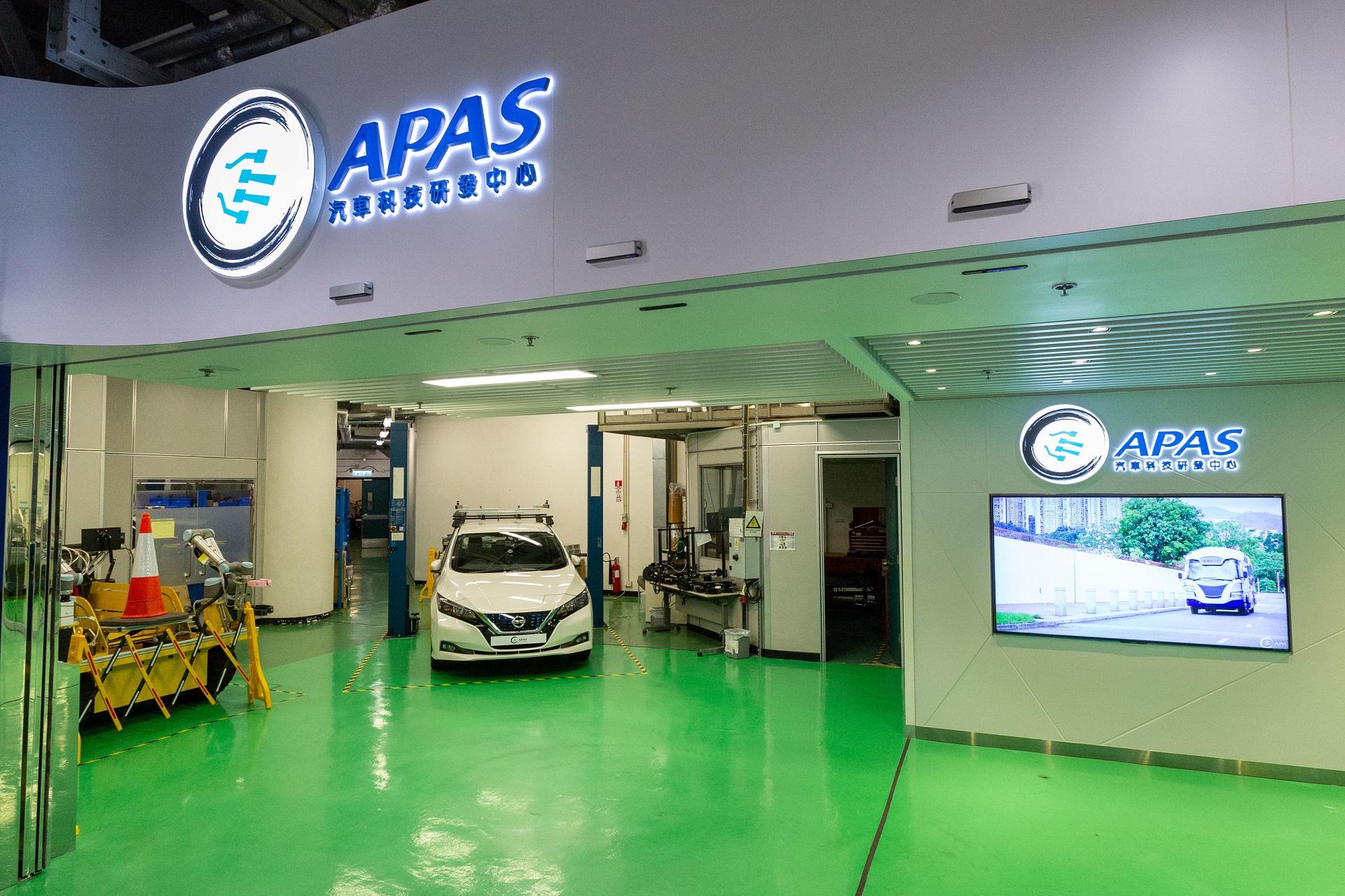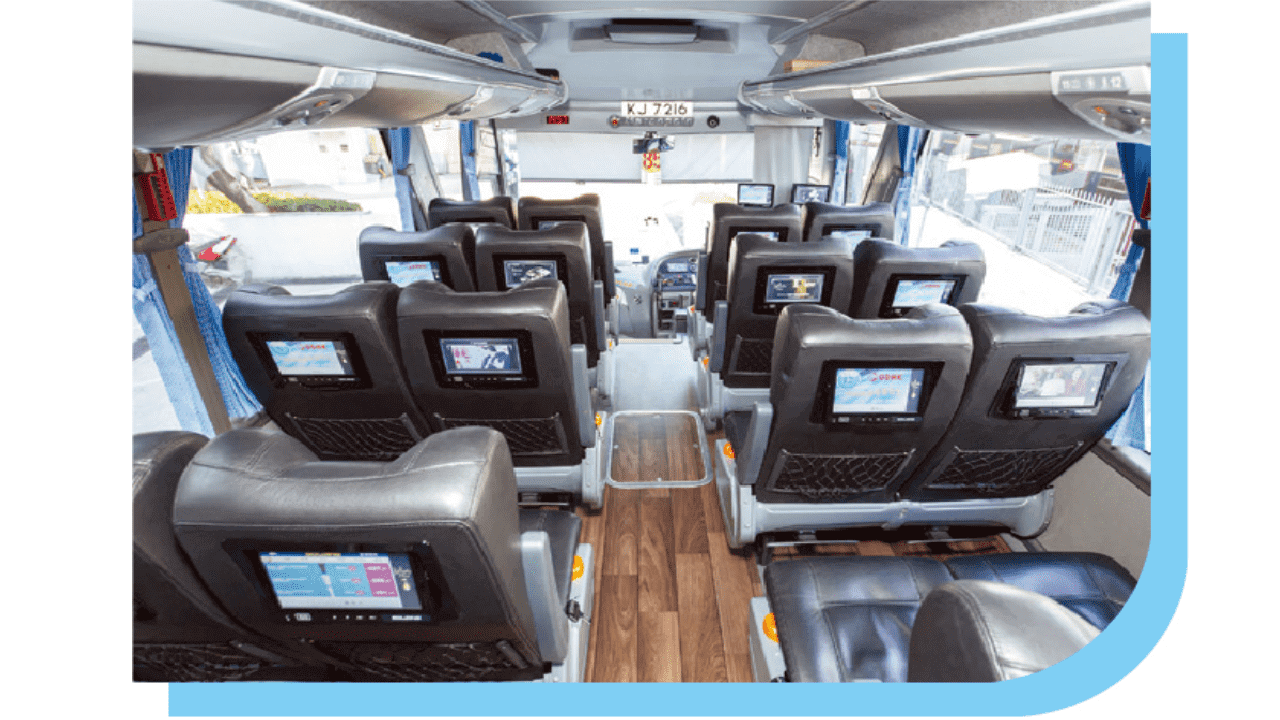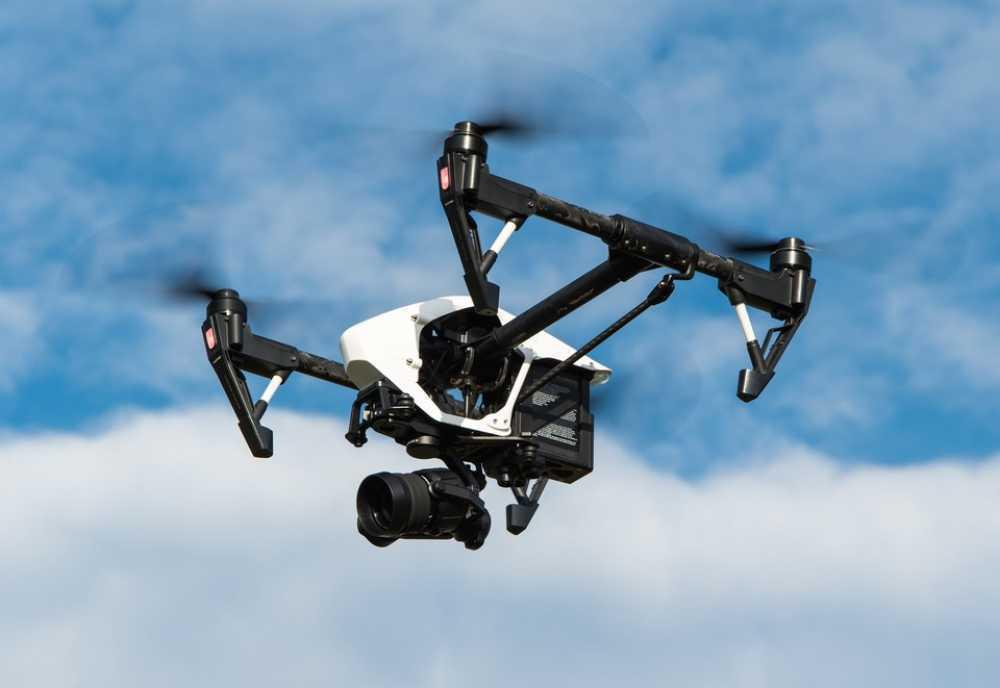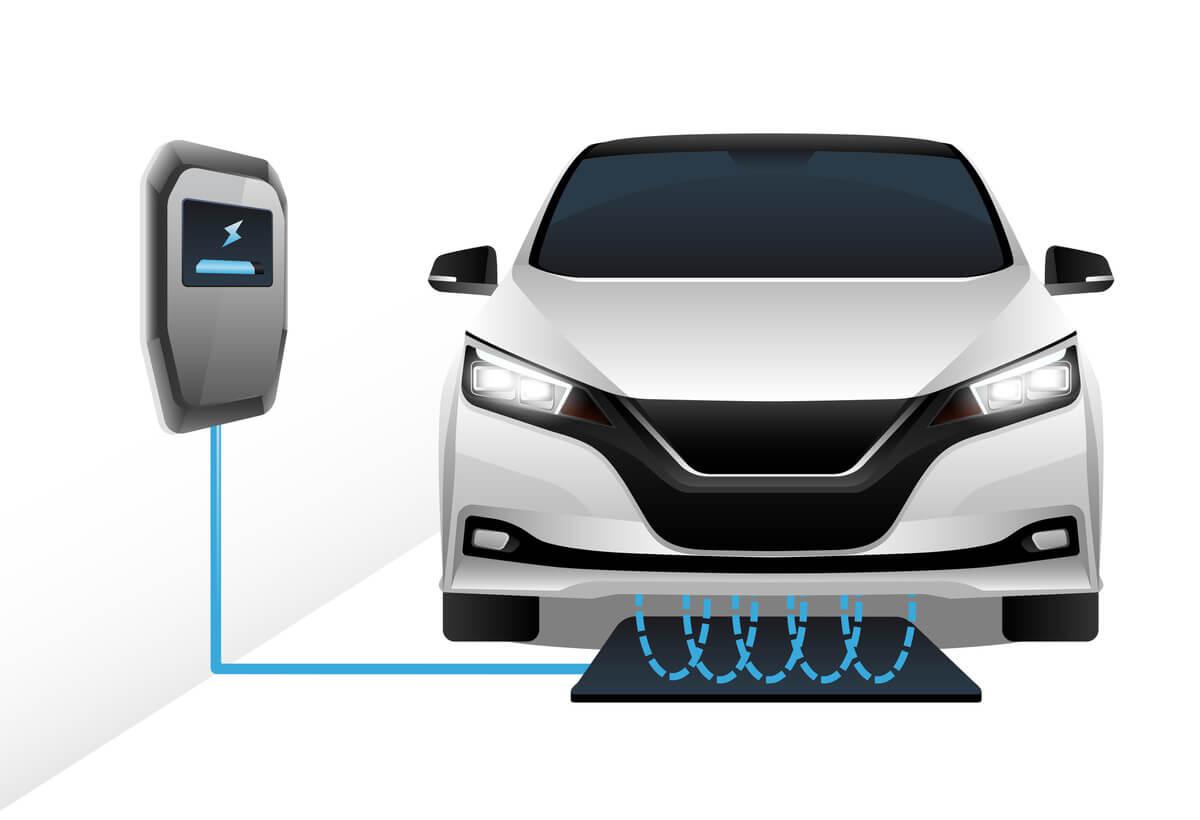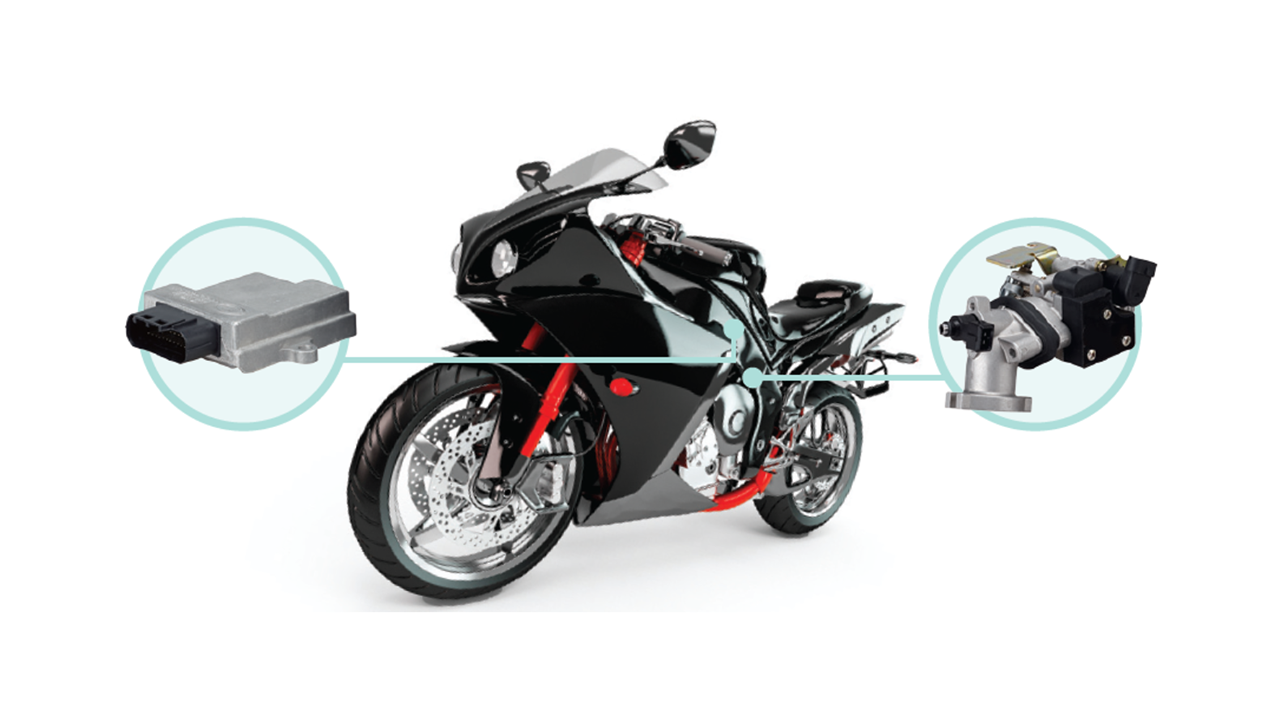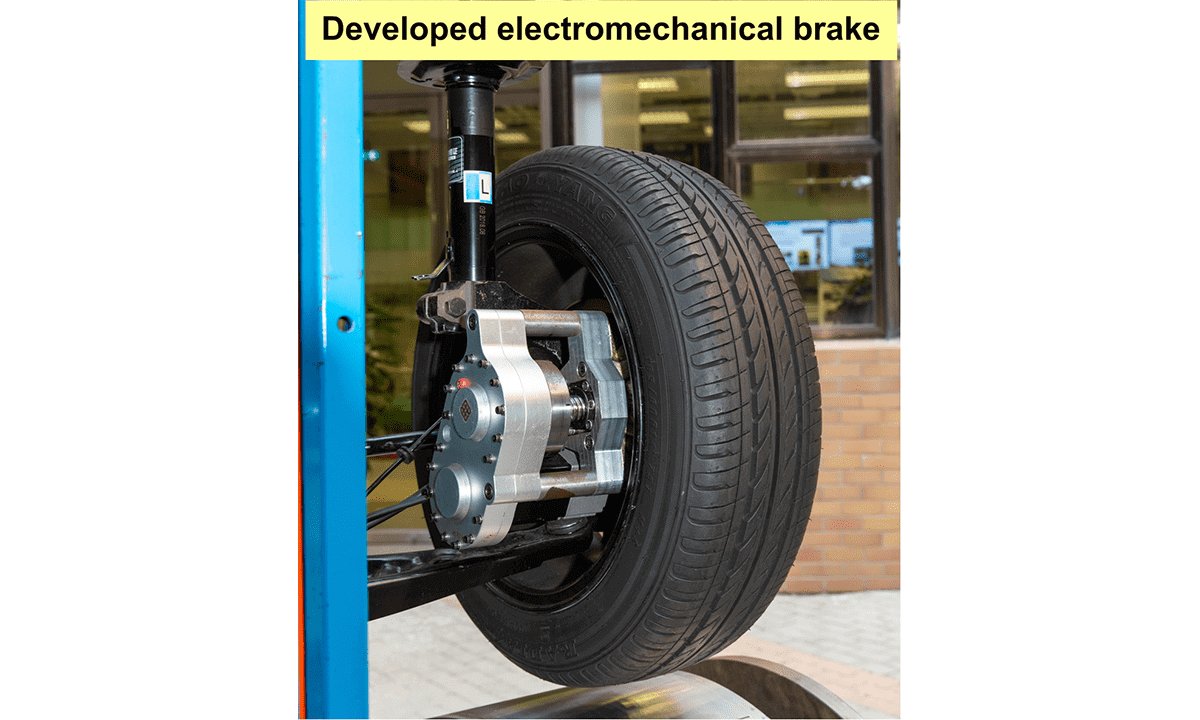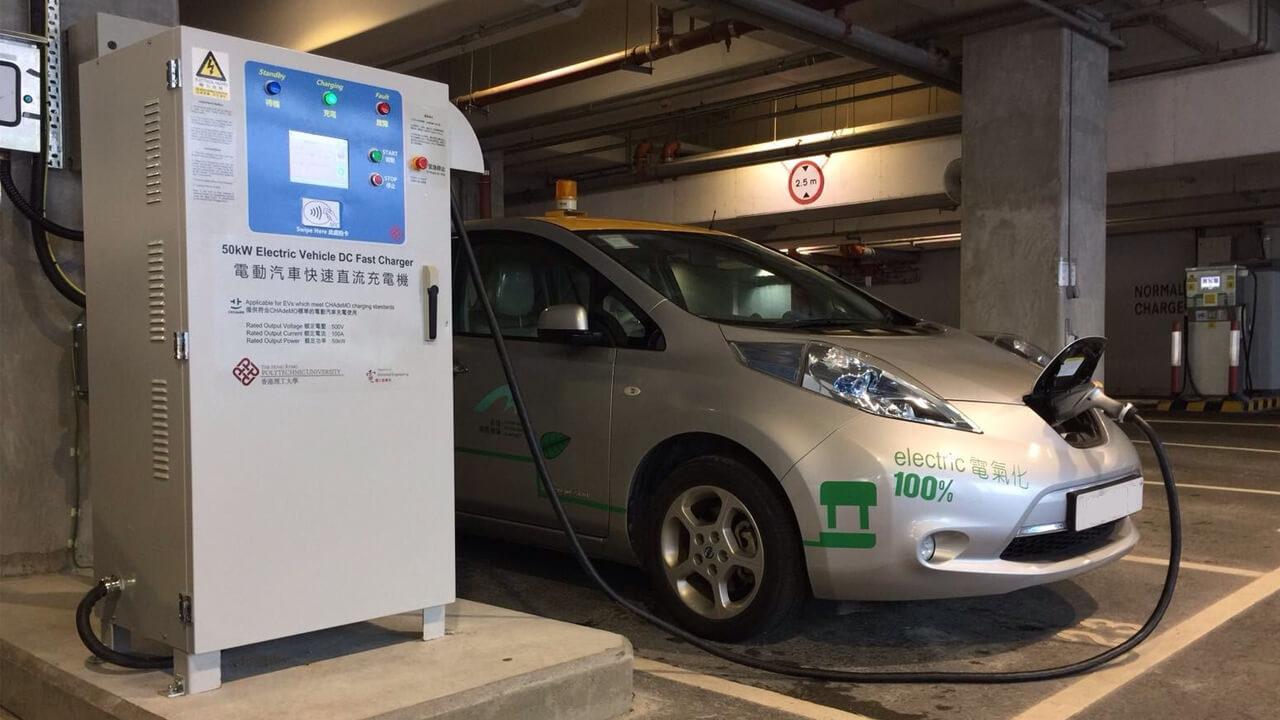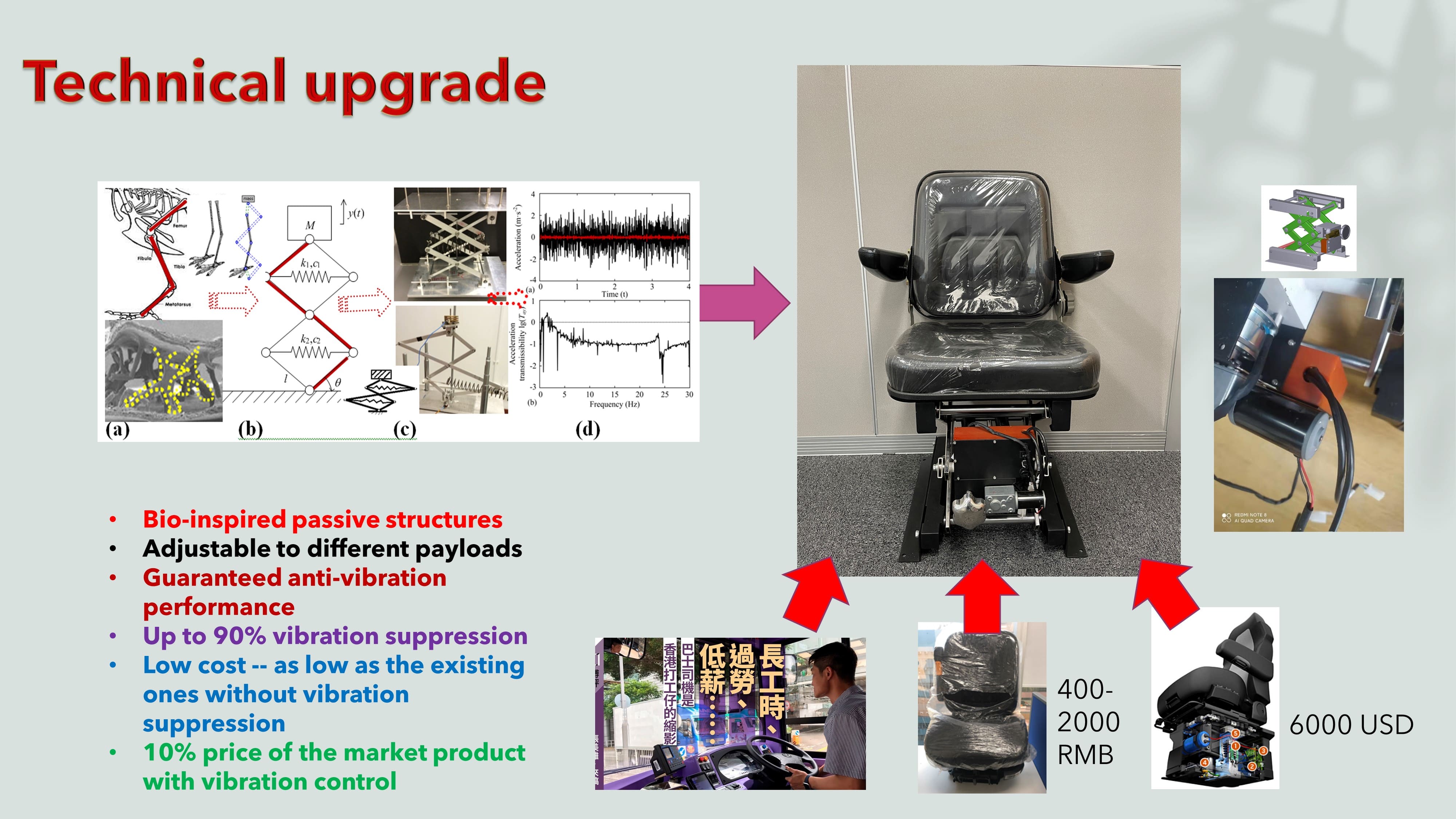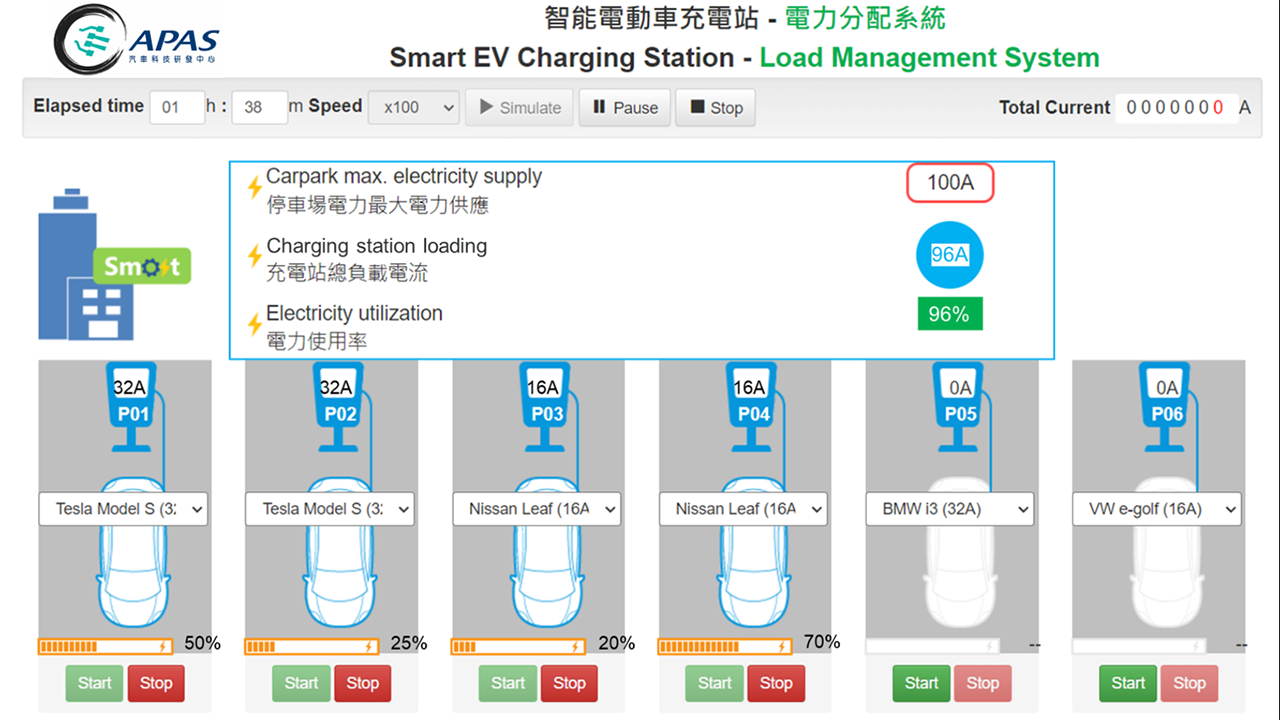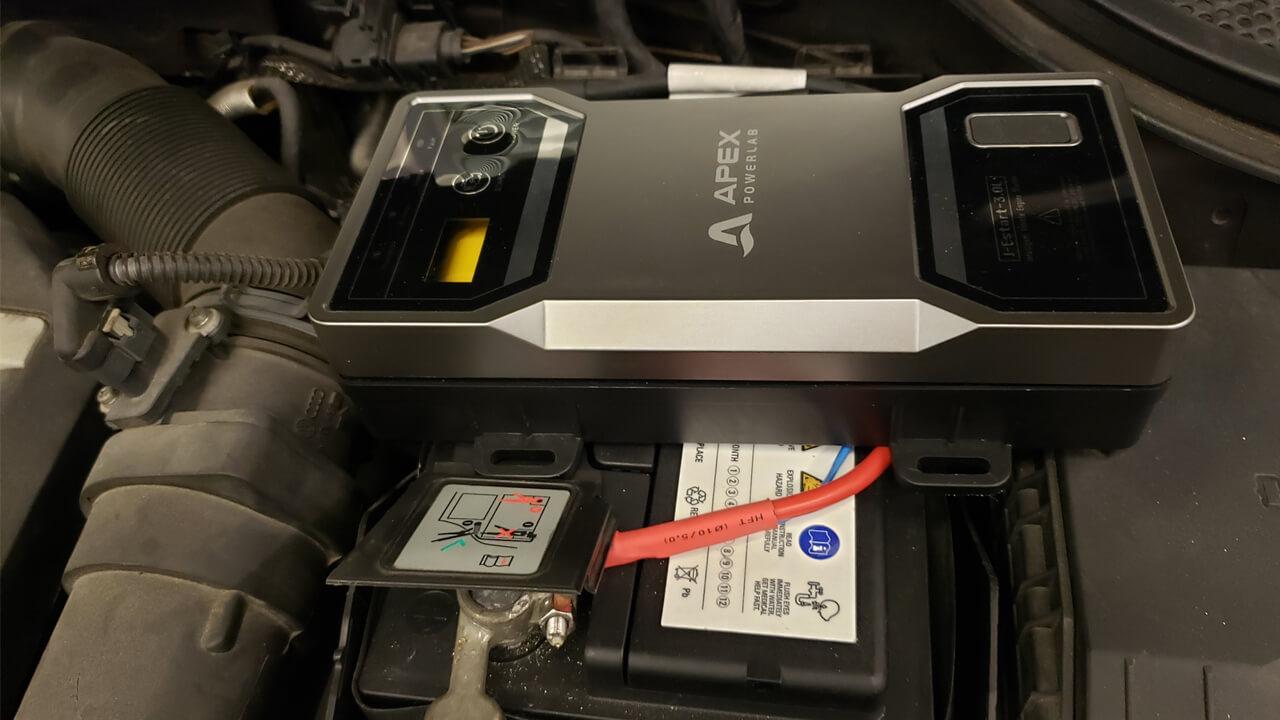
The 2nd Generation MOST-150 In-vehicle Infotainment System
The Second Generation In-vehicle Infotainment System adopts the MOST-150 "Multiple Ring Networking Technology". The server on board connects to hundreds of high definition display terminals. Through the synergy of software and hardware design as well as the provision of big data cloud service, the system not only integrates more attractive features but also enhances user experience.
The conventional in-vehicle information system is limited by the transmission bandwidth, which can only display simple information and fail to meet the individual needs of passengers. Besides, the conventional in-vehicle information system is inconvenient for maintenance because it cannot be connected to the internet and bus operators cannot update user-preferred contents timely through cloud platform.
- By using "Multiple Ring Networking Technology", one MOST server on board can connect to hundreds of high definition display terminals.
- Provide internet service to meet the needs of different passengers.
- Provide big data cloud service for bus operators to manage the system and the collected data.
- Provide in-vehicle connectivity technology based on MOST-150 standard.
- Provide better user experience for long-distance travellers.
- Provide business intelligence solution through big data cloud service.
- Equipment and Machinery Design Award in the 2015 Hong Kong Awards for industries
- 2nd Award in the 2021 APEC Innovation in Public Transportation (INPUT) Competition
- Mass transportation, including coach, high-speed ship and high-speed train
- Mobile advertisement and media companies
- E-commerce companies
Patent
- China Invention Patent: A method of reconnection for off-line based on MOST fibre optic network
Centre of Advanced Power and Autonomous Systems (APAS) (formerly Automotive Platforms and Application Systems R&D Centre) was established in 2006 and is fully integrated as a business division under HKPC on 1 April 2025. APAS continues to undertake market-led R&D programmes spanning green transportation, smart mobility, intelligent systems and emerging applications, as well as commercialises R&D results in collaboration with industry, universities and technology institutes to enhance the competitiveness of Hong Kong's automotive and other transportation sectors in new energy and smart driving.
